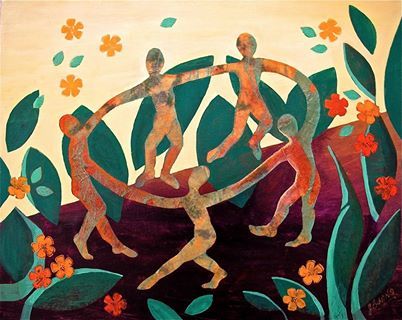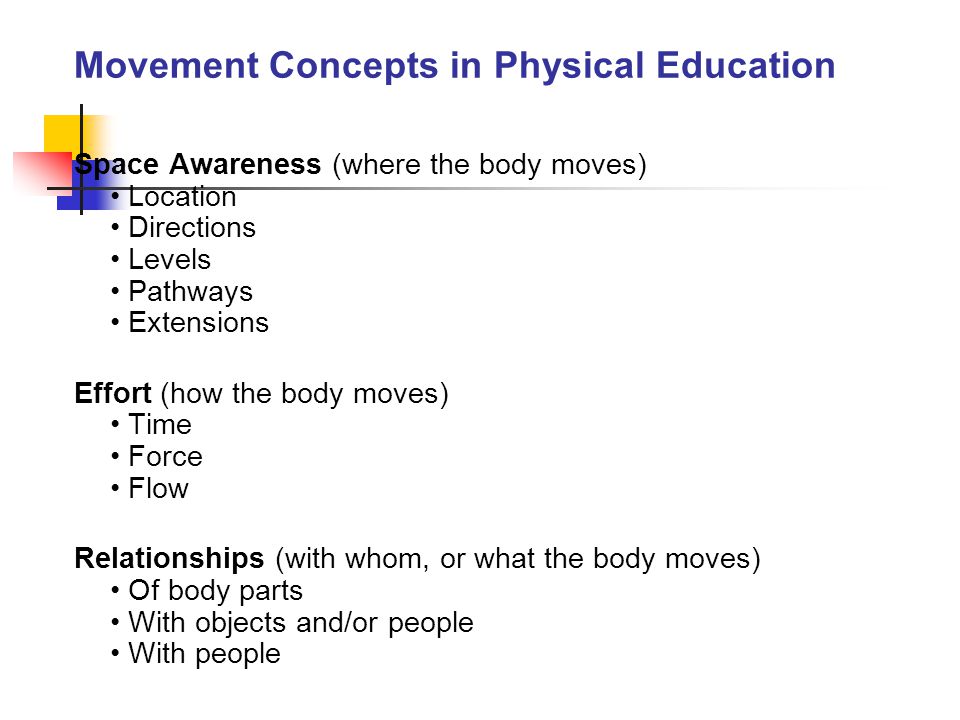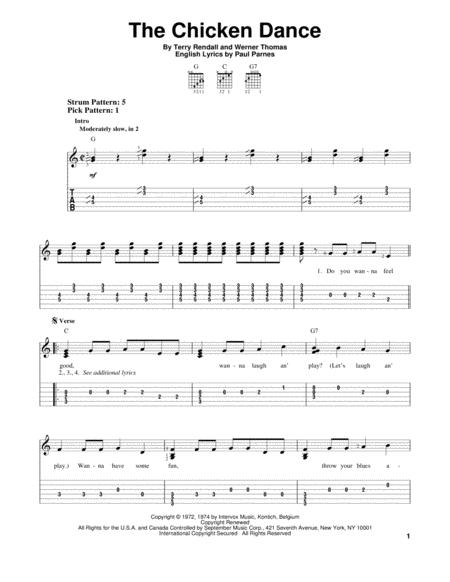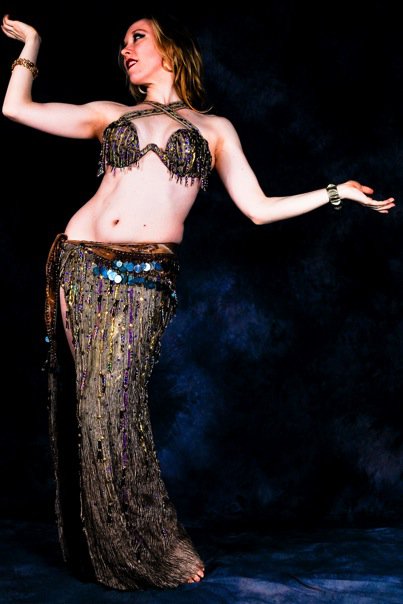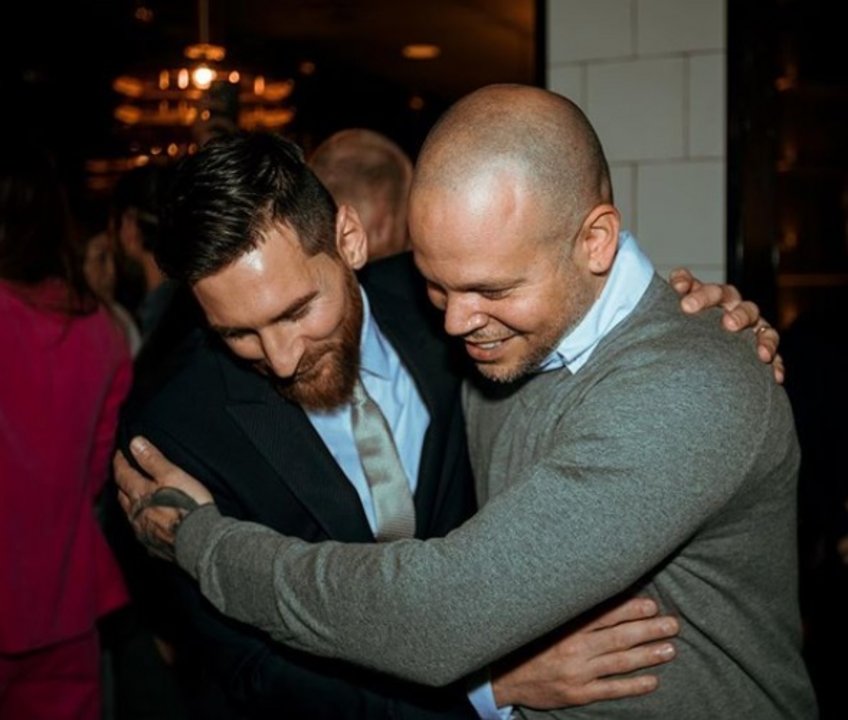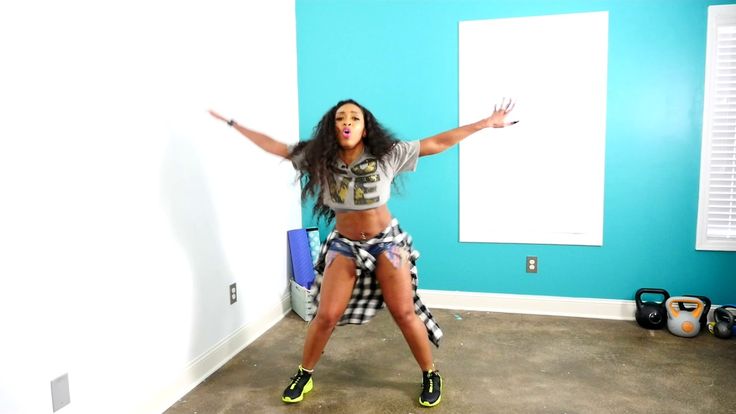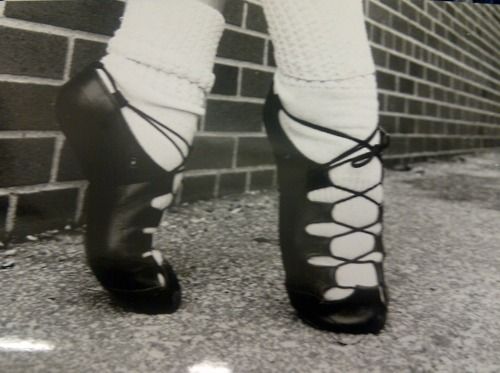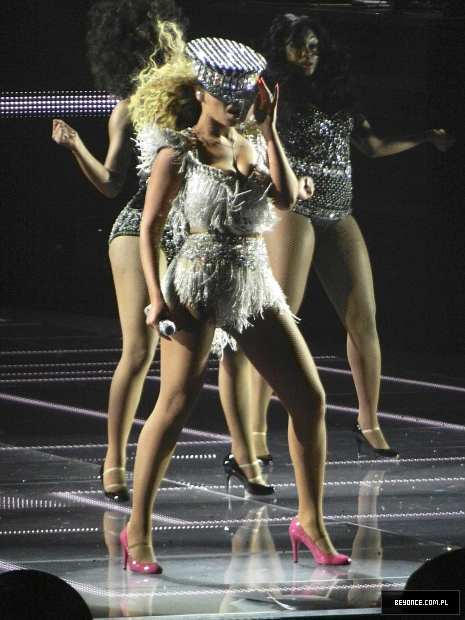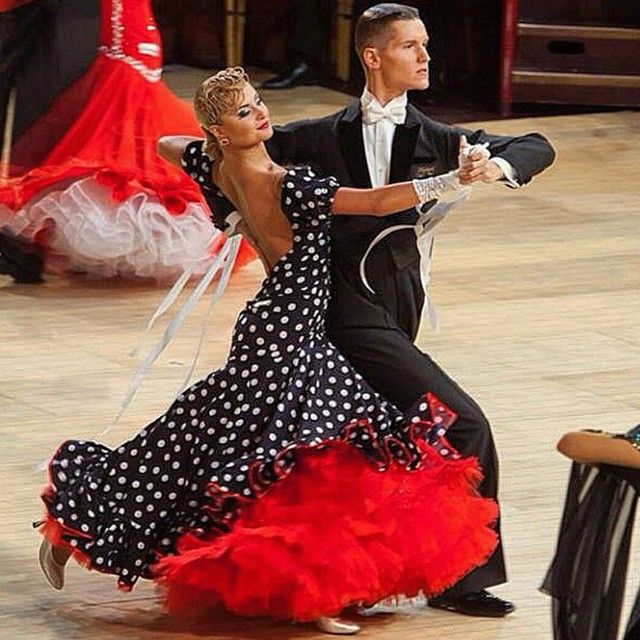How to dance in a circle
About Circle Dance - Neskaya Movement Arts Center
JENNY DEUPREE:
Circle Dancing is a folk art, a new and burgeoning branch from the thick old trunk of International Folk Dance. Human beings have danced in circles for literally thousands of years to the music of drum, chanting, flute, bagpipe, around the central fire in the village. The dances were passed on, generation to generation, changing as they moved, just as folk songs travel and the tunes & words get modified. Only the advent of recorded music (recording technology) has given us the idea that there might be a “correct form” for the folk arts. Most of us know better, know that for dances & songs to be kept alive, they need to pass from person to person, changing to fit new environments.
Our branch of this art, sometimes known as “Sacred” Circle Dance, had its birth at Findhorn, a New Age Community in Scotland. Bernard Wosien, a German ballet master, had collected very old traditional dances from Eastern Europe, mostly from Greece, Bulgaria, Macedonia, and Romania. He thought that these dances encoded ancient knowledge, and he was concerned that they not get lost. In 1976, he was invited to Findhorn, to a Conference on “European Spiritual Renewal”. The Findhorn Community gleefully took on the dances and began choreographing new dances that followed the same format, essentially a series of dance steps that keep repeating over and over, and so is easy for a group of beginners or non-dancers to learn.
Circle Dance differs from International Folk Dance, though we do many of the same dances. Folk dance tends to gather lots of dances, the more complex the better, and tries to accurately reproduce the original ethnic style. We are focused on using the dances to build community, and as prayer and meditation. We tend to do simpler dances, for a longer period of time, allowing ourselves to be held by the circle, and to sink into the rhythmic movement, allowing our minds to relax.
We dance in a circle or line. No partners are needed. All dances are taught or reviewed every time and beginners are welcome.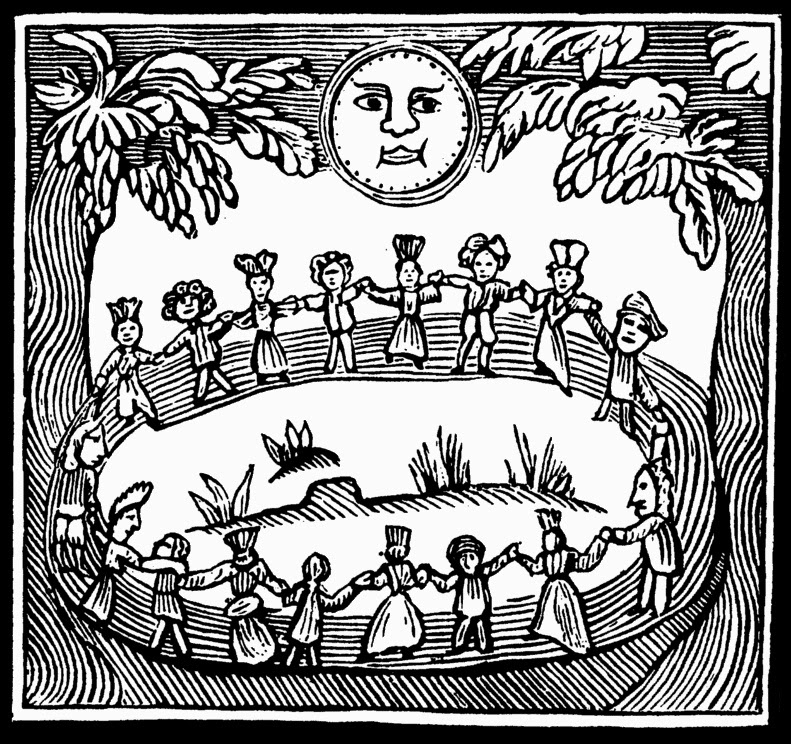 We dance around a centerpiece that usually contains one or more candles, crystals, driftwood, feathers and other representations of the four elements, or any thing that we want to celebrate by our dancing. It’s not about performance, but about prayer. We are fond of saying “there are no mistakes, only variations”. We stand in silence at the end of each dance, allowing ourselves to become aware of the energy we have created.
We dance around a centerpiece that usually contains one or more candles, crystals, driftwood, feathers and other representations of the four elements, or any thing that we want to celebrate by our dancing. It’s not about performance, but about prayer. We are fond of saying “there are no mistakes, only variations”. We stand in silence at the end of each dance, allowing ourselves to become aware of the energy we have created.
Dancing in a circle is a metaphor for a community of peers. All are equidistant from the center/Spirit, each one able to reach directly to Spirit on their own, yet at the same time connected to each other. All are equally important, and we all move together, each doing the same steps with their own unique style.
Here at Neskaya I teach Sacred/Circle Dance. We have about 1000 pieces of music, contemporary and traditional, from all around the world. We have traditional folk dances and modern choreographies to dance to, and we are able to design a program to meet the needs of many varied groups.
LAURA SHANNON:
“I see each dance as a map or a message, which can teach us if we learn how to listen. Decoding the messages depends on precision and subtlety of style, an understanding of historical and spiritual contexts, and above all a sense of the relevance these dances can have for our lives today. In my work I encourage each dancer to seek the meaning within the movements, and to remember dance as a celebration of life for all the human family.”
ROWAN SCOTT:
International Folk Dance
The International Folk Dance collectors and organizations have done invaluable work since the 18th century in finding, preserving, archiving and keeping alive the traditional dances of many lands, especially those areas in which the industrial world and political changes are eroding and destroying the traditional cultural forms. The many folkdance groups worldwide gather to enjoy dancing these surviving and more recently created dances, and hold festivals and folk dance camps where folkdancers from everywhere can learn and exchange dances.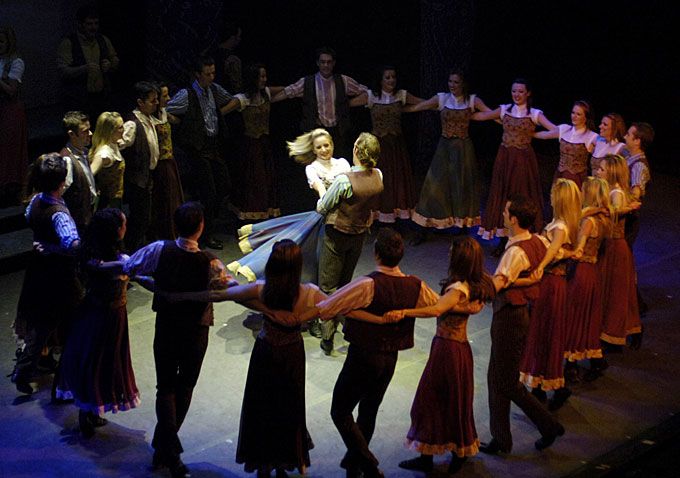 Folk dancing has been a popular recreational activity in schools and community centers as well. There is considerable emphasis placed on the exact place of origin of the dances and on transmitting and dancing them precisely as they were collected in the field.
Folk dancing has been a popular recreational activity in schools and community centers as well. There is considerable emphasis placed on the exact place of origin of the dances and on transmitting and dancing them precisely as they were collected in the field.
History of Sacred Circle Dance
Sacred/Circle Dance includes many of the same dances enjoyed by the folk dancers, but our emphasis is a bit different. The whole Sacred/Circle Dance movement really began with an extraordinary Bavarian Dance Master named Bernhard Wosien. A prominent dancer and choreographer with the Berlin Ballet for 50 years, Professor Wosien had a great love for the traditional folklore and and dances of Europe, and studied for many years with a master of the ritual, symbolic and esoteric aspects of these dances. In 1976, seeking a repository for his vast knowledge of traditional dance, Professor Wosien, together with his daughter, Gabriele, came to the Findhorn Foundation, an international spiritual community in Scotland. A Sacred Dance group was formed among community members to learn what Professor Wosien called the “Heilige Tanz”, or Sacred Dance. As dancers went out from Findhorn, the Sacred Dance went with them, and within a few years there were groups all over the UK and Western Europe, enthusiastically carrying on Bernhard WosienÌs work. Since the term “Sacred Dance” was easily confused with liturgical and other religious forms of dance, many groups changed it to Circle Dance, but it may be found under either name. In time it took root in North America as well, and in 1990 the first week-long Circle Dance Camp in New England drew participants from all over the US, as well as Canada, the Bahamas and England.
A Sacred Dance group was formed among community members to learn what Professor Wosien called the “Heilige Tanz”, or Sacred Dance. As dancers went out from Findhorn, the Sacred Dance went with them, and within a few years there were groups all over the UK and Western Europe, enthusiastically carrying on Bernhard WosienÌs work. Since the term “Sacred Dance” was easily confused with liturgical and other religious forms of dance, many groups changed it to Circle Dance, but it may be found under either name. In time it took root in North America as well, and in 1990 the first week-long Circle Dance Camp in New England drew participants from all over the US, as well as Canada, the Bahamas and England.
Dancing in Circles
Once upon a time, they say, we danced our lives through – as we worked, played, ate, slept, fought, and loved. We danced to petition and appease the gods, to help the sun rise, the rivers flow, and the plants grow and thrive. By dancing we understood our power and our place in the universe, and through dance we transmitted this understanding to the next generation. We danced to celebrate life’s rites of passage, from birth to death; through the dance we attuned to and imitated the rhythms, cycles and the awe-inspiring process of nature, and we danced to express our joy, fear, grief and hope. According to Bernhard and Maria Gabrielle Wosien, “Dancing has always been an imitation of the divine mystery in manifestation.” To live was to dance.
We danced to celebrate life’s rites of passage, from birth to death; through the dance we attuned to and imitated the rhythms, cycles and the awe-inspiring process of nature, and we danced to express our joy, fear, grief and hope. According to Bernhard and Maria Gabrielle Wosien, “Dancing has always been an imitation of the divine mystery in manifestation.” To live was to dance.
Most importantly we danced together. We danced in a circle, the very symbol of unity and wholeness. Our circles created a sacred space, a Temenos, within which we created and recreated our cosmos and our realities. Outside was chaos and the unknown – within the circle was order, power and community.
Then came the rise of cities and trade, suppression of “pagan” forms of celebration and worship and the ravages of industrialism. We lost touch with our earth and our communal unity. Our dance became more purely social; the circle became opposing lines and squares, then broke into couples, until recently we see the ultimate in dissociation – dancing alone, unaware of the whole and isolated from one another. The circle of the dance was broken, but the need for it remained deep in our psyches, in the places where we remember our wholeness.
The circle of the dance was broken, but the need for it remained deep in our psyches, in the places where we remember our wholeness.
Circle Dance and the “New Age”
In October of 1976 the energy of the sacred circle dance re-emerged in a new form for a New Age. The Findhorn Community in Scotland held a conference on European Spiritual Renewal, and among the invited guests were Professor Bernhard Wosien, Dance Master from Munich, and his daughter, Maria Gabrielle, who shared with the community their living knowledge of the sacred dance traditions of the West. Bernhard, although a classical dancer by profession, had studied the traditional European dances and their meaning and significance with a master who embodied a tradition transmitted through a line of teachers tracing directly back to Pythagoras. Bernhard had his own school in Munich, but for years he had been looking for a place where the spiritual essence of dance could be appreciated and where tradition could be absorbed and used as the foundation for new creations. In Findhorn he found his place, and over the years until his death in 1987, he returned again and again to share his knowledge and Being with the Sacred Dance group which was formed to receive it.
In Findhorn he found his place, and over the years until his death in 1987, he returned again and again to share his knowledge and Being with the Sacred Dance group which was formed to receive it.
What is it that draws so many people back to Sacred/Circle Dancing at this particular time? It is no news to us that the spiral energy is spinning faster, bringing outworn fear-based and destructive patterns to an end and initiating new, more conscious, love and community based forms and structures of relationship and activity. In this time of transition we need to move harmoniously together into the new consciousness, using the best of the wisdom traditions to ground us as we explore and experiment with creative expression of the New. Under the Seventh Ray energies, ceremony and ritual, celebration and festival become increasingly important as shapers of new consciousness, and the Sacred/Circle dance is a vehicle marvelously and flexibly suited to this purpose. Dancing the old dances, or employing the traditional dance steps and patterns as an alphabet and a grammar to create new ones, there is no limit to the group rituals that can be created or the healing and celebrating uses to which it can be adapted.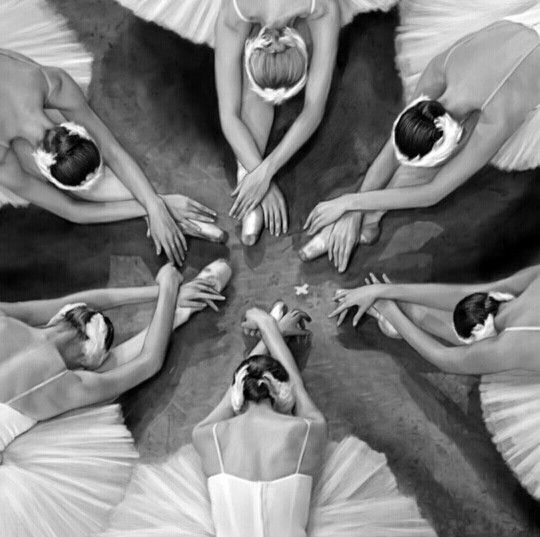
Rowan’s Experience at Findhorn
I was living at the Findhorn Foundation at that time, and though I had never been a dancer, the impulse was strong. I was drawn to join the Sacred Dance group to work with Bernhard. Something truly special was happening there, in a place already known for its magical gardens and its spiritual pioneering. Bernhard was an extraordinary elf of a man, who, though already in his seventies, left us panting in the wake of his intense and tireless energy. He came, he taught, and when he left we practiced and learned the many dances he had given – many so ancient that their origins are lost in time, others of more recent provenance, and some which he had himself created from his intuitive understanding of the tradition. Through listening, and repetitive dancing of all these under his guidance, we discovered our own profound connections to the spirit of the dance, the community of the circle, and a sense of the power of ritual and symbol in transformation of consciousness.
Transformation of Energy
That first year, and for years after, Bernhard created dance presentations for the community – an early one based on the symbolic pattern of the Pentagon, another on the “Round Dance of Jesus,” from the Apocryphal Acts of St. John, a Gnostic mystery teaching banished by the church from the canonical scriptures. One year we greeted the Spring with a dance drama story of Theseus and the Minotaur, a myth so germinal and powerful that resurrecting it evoked protest from some members of the community. Was it appropriate, they asked, to dredge up from the distant past such dark and violent images, and what might it do to the community energy? This is the myth of the hero and the labyrinth – of the descent into darkness, overcoming the monster therein, and re-emerging into the light, transformed. It is a universal metaphor, symbolized most simply in the image of the spiral, for the journey of the soul through death to rebirth. He assured the questioners that no harm would be done.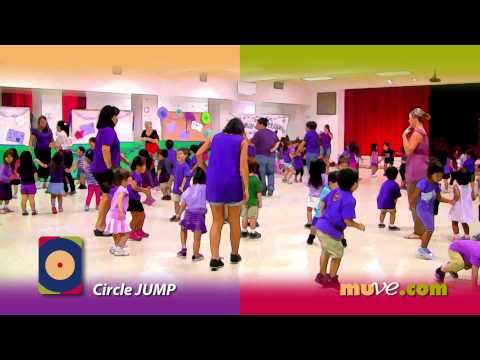 The key was “transformation” – transmuting the darkness of old thoughtforms into light.
The key was “transformation” – transmuting the darkness of old thoughtforms into light.
This is what Bernhard had done: he had taken the old energies of conflict and death, these dark and outworn forms from our past, and transformed them into a new understanding of ourselves. We no longer seek to slay our shadows, but to accept and transform them. This is a myth for a New Age, with roots in forever. And so with the old dances. Bernhard has said “… in dancing these old forms it is as though we are entering another time and are guiding this ancient knowledge into the present movement. It is like finding something again; you recognize it as something you have known; you have connected with the ancient stream of knowledge which flows on through you.”
Bernhard Wosien is gone now, but the legacy of the Sacred Dance, continuing still at Findhorn and the School in Munich and moving out into the larger world with successive waves of dancers, is alive and growing.
Sacred Intent
The folk dances of Europe, especially those of the less industrialized East, have been well preserved, and still embody the ancient energies, though their precise meanings may have been long forgotten.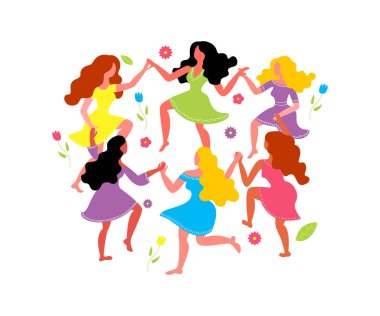 The patterns, rhythms and gestures carry a power which may reveal itself to us when we dance with “sacred intent.” Like all true products of the folk traditions, they connect us with our inner mythic world, giving us a deeper sense of who we are, where we come from and why we are here. These dances are a link to the highest aspirations of our creative collective unconscious. The moving circle, through its own dynamics, creates a vortex of energy which assists us in raising and accessing our own divine energies of transformation.
The patterns, rhythms and gestures carry a power which may reveal itself to us when we dance with “sacred intent.” Like all true products of the folk traditions, they connect us with our inner mythic world, giving us a deeper sense of who we are, where we come from and why we are here. These dances are a link to the highest aspirations of our creative collective unconscious. The moving circle, through its own dynamics, creates a vortex of energy which assists us in raising and accessing our own divine energies of transformation.
The key is “sacred intent.” As with any activity, we get back what we put in, and we find that the dance rewards our intent many times over. Many of us find in the dancing circle aspects of ourselves that we had never recognized, a grace and fluidity and rhythm we had never expressed. We find in the circle a safe place to be ourselves and to share our energies, whether it be peaceful moving meditation or a laughing, playful romp. For us, the Sacred/Circle Dance offers a way of being and relating, a key to understanding and a joyful opportunity to celebrate our oneness with each other, our world, and those who have danced this way before.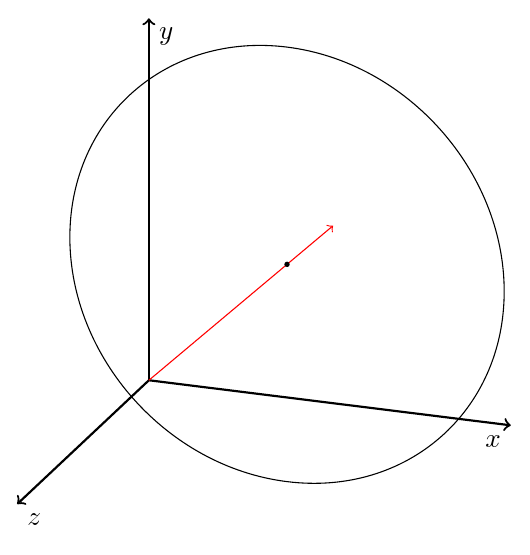
For Circle Dancers, this form of dance is much more than fun and relaxation, although it is certainly that as well. We find in the energy of the circle, in the patterns, rhythms and steps of the dance a deep connection to ourselves, each other and our world. The psychic and spiritual need to dance and celebrate together has not been lost with the vanishing of the custom. We still have, even if unconsciously, a powerful yearning for this kind of communal sharing, and in the Circle Dance we experience a rich and satisfying sense of returning and reintegration. It is a path on our Way, a strand of the great web which gathers all life together in wholeness and unity. Come, dance with us and discover for yourselves what we have found.
Written by Rowan (Janet Scott)
127 East Street, Hadley, MA 01035
(413) 586-3267
One Man’s Experience:
FERRY BEACH 2000: CIRCLES IN THE SAND by Dick Scobie
(Ferry Beach is the UU Camp on the shore of Saco Bay in Maine)
Like Brigadoon, it rises from the sea (every year, not every hundred).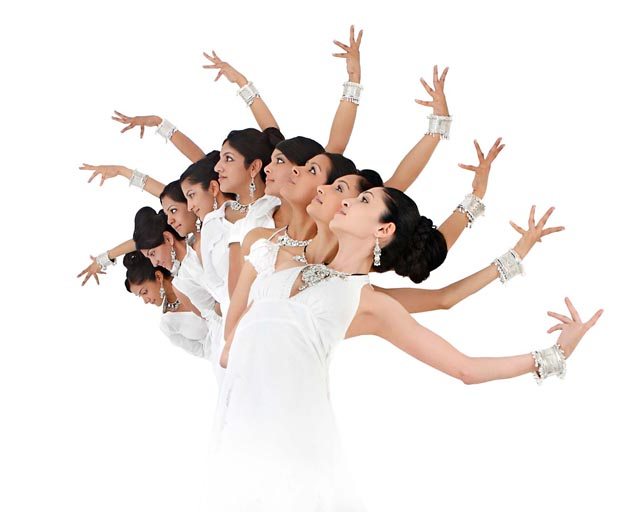 Each gathering like no other, yet the same rich blend of old and new friendships, shared experiences, opening of hearts, self discovery, giving and receiving, relaxed playfulness and spiritual reflection – all before the eternal vastness of the sea.
Each gathering like no other, yet the same rich blend of old and new friendships, shared experiences, opening of hearts, self discovery, giving and receiving, relaxed playfulness and spiritual reflection – all before the eternal vastness of the sea.
One morning at dawn I sit on the beach, looking down at the waves and the blazing reflection of the sun on the water – a corridor of diamonds, from the surf line to the horizon. Silhouetted against the light is a woman, with long gray hair and a rattle. She is making a mandala, a medicine wheel in the sand. A self proclaimed Shaman, she traces the circumference in the sand with her toe, marking out the directions of the compass, north, south, east, west. Flocks of swallows skim across the surface of the water as gulls wheel and dive in their wake.
It occurs to me that the figure could have been on any beach on earth in any century, going back hundreds of thousands of years. From the beginning of time people have gone to the shore at dawn to find and enter a holy place, to honor and praise the mystery of creation, of life, death.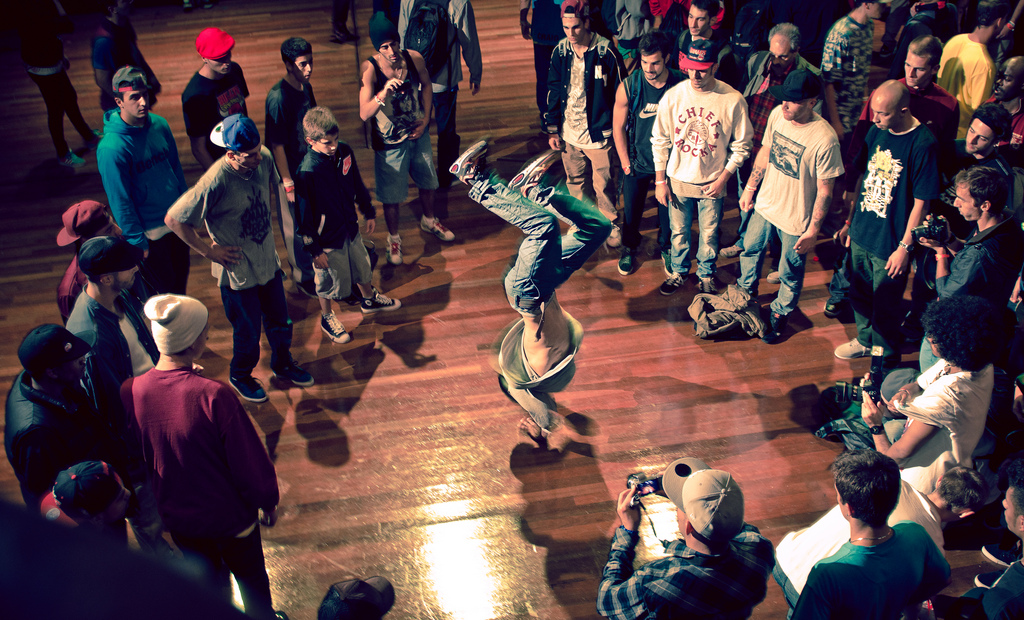 They have made sacred circles and sung hymns of praise and supplication, just as this woman as she faces the sun, raising her hands skyward, shaking rattles and chanting.
They have made sacred circles and sung hymns of praise and supplication, just as this woman as she faces the sun, raising her hands skyward, shaking rattles and chanting.
My friend Darrell sits up the beach, cross-legged, his hands folded in prayer as he chants his Budhist sutras. Others stand together and chat near the board-walk path through the dunes. The first breakfast bell sounds. Having already sent out my own hymn to the sun, I gather up my bagpipes and coffee-cup and head back to Quillan and the warmth of food and companionship.
My workshop this year is “sacred circle dancing.” I elected this rather than the more disciplined writing workshop that I have done in the past. As I explained, half jokingly, I was looking to something easy that would tell me the secret of life. This was a good choice.
Ten of us spent two and a half hours a day, all week, dancing to stirring and hypnotic music from Greece, the Middle East, Medieval Europe, Ireland, Africa and America.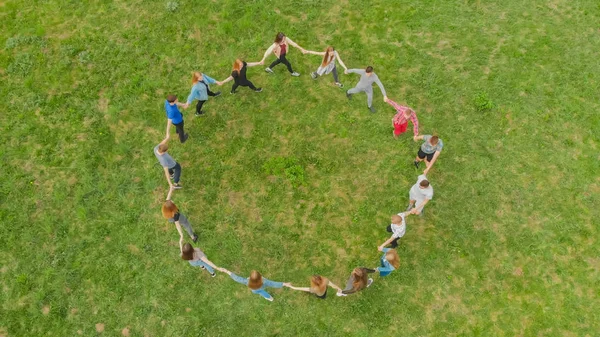 The instructor, Jenny, is enthusiastic and skilled, and by the end of the week we are a family of kindred spirits, dancing our prayers. As one Greek dance expressed it: “we look to the future, we honor the past, we praise the spirit, and we live in the present.” At the end of each dance we stand, still holding hands in our circle, to absorb the energy and feel the sense of centeredness.
The instructor, Jenny, is enthusiastic and skilled, and by the end of the week we are a family of kindred spirits, dancing our prayers. As one Greek dance expressed it: “we look to the future, we honor the past, we praise the spirit, and we live in the present.” At the end of each dance we stand, still holding hands in our circle, to absorb the energy and feel the sense of centeredness.
An image comes to me that, like the woman on the beach, we are doing what people have been doing for millennia, on beaches, in forest glens, around campfires – dancing together in circles to express their joy, their passion, their solidarity, their pain, their faith. Our little circle occupies the present moment, while directly behind us I see a circle of those who we have known who have passed on, and behind them another circle of those we have heard of, or can imagine, and behind them circles upon concentric circles of people who have done the dance of life and then returned to the earth, the sea, the sky. Tom takes the image further, seeing the altar around which we have been dancing as the center of energy, the creative source of life from which new generations will arise, while we take our places in the second circle.
Tom takes the image further, seeing the altar around which we have been dancing as the center of energy, the creative source of life from which new generations will arise, while we take our places in the second circle.
As the lunch bell rings, we share a last nostalgic dance to Van Morrison’s “End of Summer” (These are the Days) and trail across the grass to Quillan or down the road to the Grove – for food, companionship, and the long, delicious afternoon.
What Is a Circle Dance? (with pictures)
`;
Art
Fact Checked
Karize UySimply put, a circle dance is a type of dance wherein participants dance around in a circle without having a particular partner. It is said to be one of the oldest forms of dances, if not the oldest, and is often accompanied by a few musical instruments like the drums, to sustain the rhythm, and woodwind instruments like the flute. The circle dance can be considered a universal ritual and symbol, as it is performed in different cultures and religions around the world. Other terms for the dance are the round dance and the circular dance.
The origin of the circle dance is uncertain, but definitely very ancient; a rock petroglyph of girls dancing around in a circle had been discovered in Egypt, and was dated probably around 3000 BC.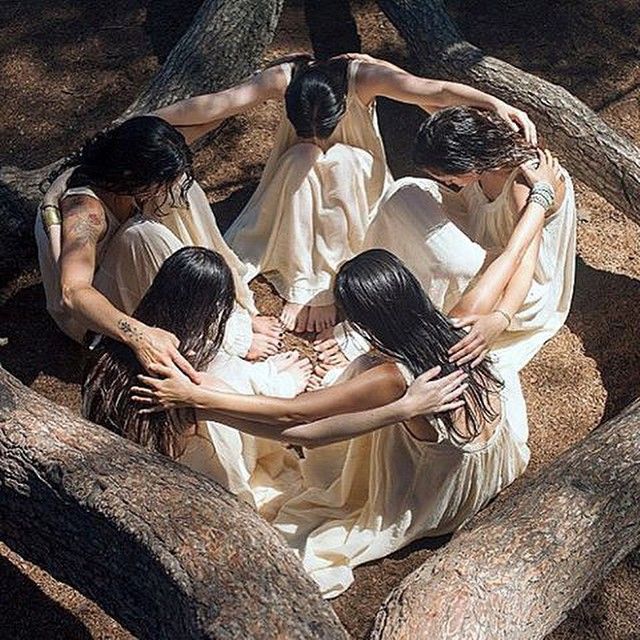 Some accounts say that the dance is a method of imitating how the planets revolve around the Sun, or around the Earth, as was previously believed. This imitation could be a form of worship to the Sun, to Earth itself, or other heavenly bodies seen in the sky, such as the moon and the stars. Aside from worship, another purpose of circular dances could be to signify the union of a community, and to strengthen their bond through a common ritual. The dances can also be done as a prayer for good harvest, healing, and to receive visions.
Some accounts say that the dance is a method of imitating how the planets revolve around the Sun, or around the Earth, as was previously believed. This imitation could be a form of worship to the Sun, to Earth itself, or other heavenly bodies seen in the sky, such as the moon and the stars. Aside from worship, another purpose of circular dances could be to signify the union of a community, and to strengthen their bond through a common ritual. The dances can also be done as a prayer for good harvest, healing, and to receive visions.
A circle dance usually does not require a specific number of participants, but instead can accommodate lots of people.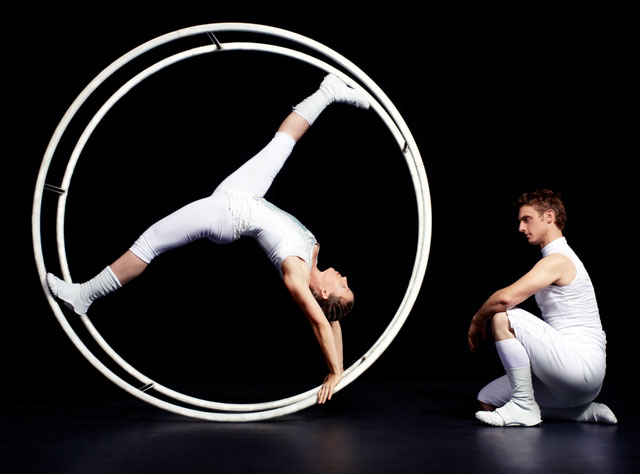 It can also involve holding of hands, probably to further symbolize the community’s sense of togetherness, and the belief that the physical connection will help “energy” to flow from one person to another. The dance can also contain several “circles,” with the biggest circle containing the other smaller circles, and participants sometimes spinning alternately. There can also be an object at the center around which the participants dance, such as in Maypole dancing.
It can also involve holding of hands, probably to further symbolize the community’s sense of togetherness, and the belief that the physical connection will help “energy” to flow from one person to another. The dance can also contain several “circles,” with the biggest circle containing the other smaller circles, and participants sometimes spinning alternately. There can also be an object at the center around which the participants dance, such as in Maypole dancing.
There are many different examples of circle dances all around the world, such as the Jewish Mayim Mayim folk dance, performed as a tribute to how the Jews found water during 40 years of wandering in the desert.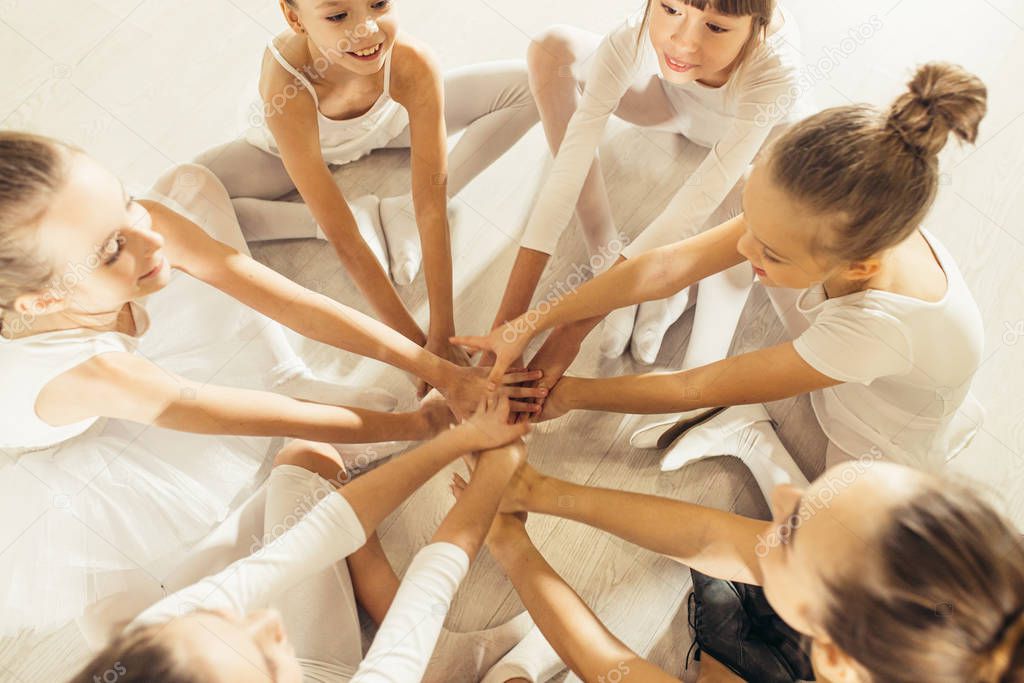 Native Americans also use the circle dance for different purposes: for healing, seeking of visions, and preparation for war. The Scottish Sacred Circle Dance is another example of the circular dance and uses a small, flower-adorned altar as the centerpiece participants dance around.
Native Americans also use the circle dance for different purposes: for healing, seeking of visions, and preparation for war. The Scottish Sacred Circle Dance is another example of the circular dance and uses a small, flower-adorned altar as the centerpiece participants dance around.
You might also Like
Recommended
AS FEATURED ON:
90,000 12 life hacks, to quickly learn how to dance from Mamita DanceDances
Author: Pavel Gather
Psychologist, Lecturer Salsa and Tango
Dances
Author: Pavel Pavel
Psychologist, Lecturer Salsa
on At the start, you always want to get a quick result. When it doesn't happen, the hypothesis arises that everything takes time. After a conditionally acceptable time, humility comes to mastering pair dances, which, perhaps, is not given, and I will just do what I learned somehow.
When it doesn't happen, the hypothesis arises that everything takes time. After a conditionally acceptable time, humility comes to mastering pair dances, which, perhaps, is not given, and I will just do what I learned somehow.
This is the most common story of those who believe that the mere act of attending a pair dance class is enough to learn how to dance.
Absolutely not. If you want to really dance well, you have to make an effort outside of the dance class. A good teacher will definitely be needed, but the initiative should be on your side.
1. Listen to music
The most common and accessible advice that is given already in the first lessons. And it definitely works. Music creates a certain atmosphere of the dance and intuitively you want to move to it. It doesn't matter where you listen to music - in the car, on headphones while walking or doing household chores.
An addition that will help you dance better is your active participation in the music.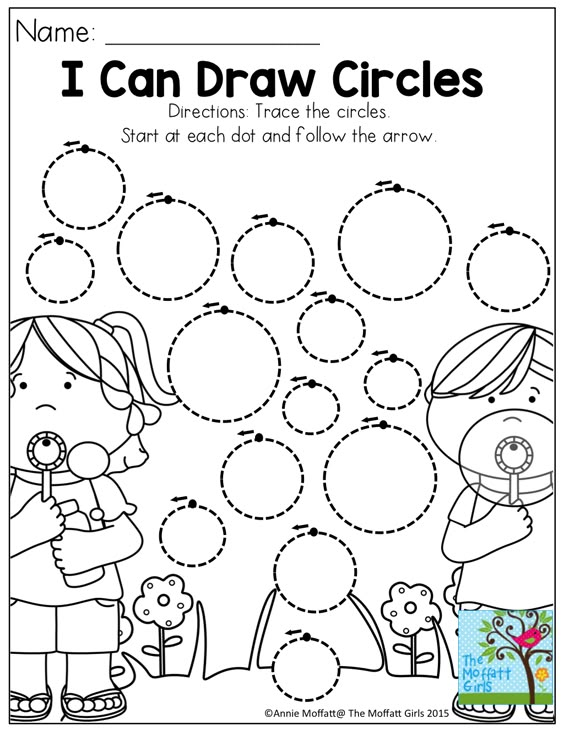 Sing along, dance or simply beat musical accents with any free parts of the body. In the subway, for example, it is enough to tap out bright moments with your fingers, in the car to sing along with sounds, and at home you can jump for pleasure.
Sing along, dance or simply beat musical accents with any free parts of the body. In the subway, for example, it is enough to tap out bright moments with your fingers, in the car to sing along with sounds, and at home you can jump for pleasure.
2. Watch videos of good dancers
It's complicated, but also obvious. It’s more difficult, because without recommendations from more experienced dancers, unfortunately, it’s not so easy to find a good quality video on the net (I mean not the resolution quality, but the content itself).
Meaningful video viewing is about building an understanding of HOW dancers make a particular impression on a partner or viewer. Technology is at the heart of everything. Understanding how the pros do it is a big step forward.
It is important to distinguish a show from a disco dance, a staged performance from an improvisation, a stylized dance from an authentic one, etc. Ask for recommendations and dance teachers will always throw off a couple of videos of worthy landmarks.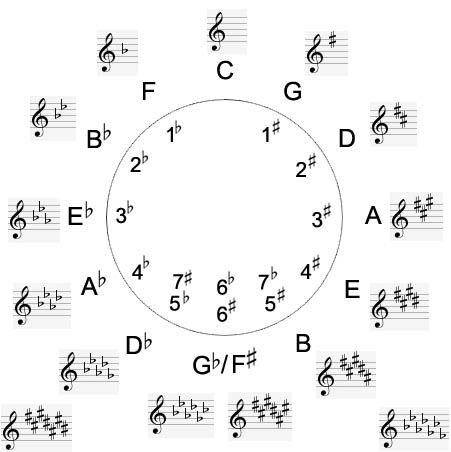
Tango Z. Showreel.
Online modern tango courses
Tango nuevo is the most advanced version of tango. We can quickly learn to dance from zero to a steep level.
| View details |
3. Dance in salsatecas/milongas/discotheques
A very delicate moment when it is worth coming to the first party. From a technical point of view, most students in 1-3 months have a sufficient set of figures and techniques to come and dance calmly. Psychologically, the same moment can be stretched out for an indefinite time. After all, it is imperative to “not lose face”, “learn more figures” and be sure what to do in case “there is an unfamiliar movement”.
In fact, the partygoers don't really care (except for a small layer of non-professional teachers who want to help inexperienced dancers by treating them as customers in the future). It is important to come and try dancing after a month of classes. You can only with friends or guys from your group. This will be enough to feel the adrenaline and inspiration from the dance.
You can only with friends or guys from your group. This will be enough to feel the adrenaline and inspiration from the dance.
4. Dance with partners or partners not of your level
The conventional wisdom that you need to practice in groups of your level does not withstand the test of experience. Perhaps now your eyes widened in surprise, and you want to meaningfully read the phrase again. Yes, you saw everything correctly: when you dance with a partner of your level, you don’t grow anywhere.
It's important to understand that not only does it work one way and you have to dance with cooler dancers, but it works even more effectively the other way. It is no coincidence that teaching pair dances dramatically raises the level of the teacher himself. You have an endless stream of very beginner dancers.
How it works. A more experienced partner needs to be "stretched". It's easy and obvious. With beginners, you need to take more initiative on yourself, see the general pattern of the dance more widely, turn on and insure more, try to be an example and be more careful. The quality of interaction begins to grow significantly. And wonderful partners too.
The quality of interaction begins to grow significantly. And wonderful partners too.
Dancing with partners of your level doesn't make you grow. Dance with both beginners and more advanced dancers
Dominican Bachata Women's Style Online Course
Want to learn how to hypnotize those around you with the most appetizing part of your body? On the course we will tell you all the secrets.
| Interesting |
5. Learn to dance for a partner and for a partner
Turks and Argentines are one of the best partners in the world. In Russia, partners are highly valued. Why? The answer is simple. In Argentina and Turkey, it is not questionable for men to ask another man to lead in one piece or another and give feedback on the quality of the lead. For them, it will be a great shame to hear moralizing from a partner, or even more so to be known in the community as an insecure partner.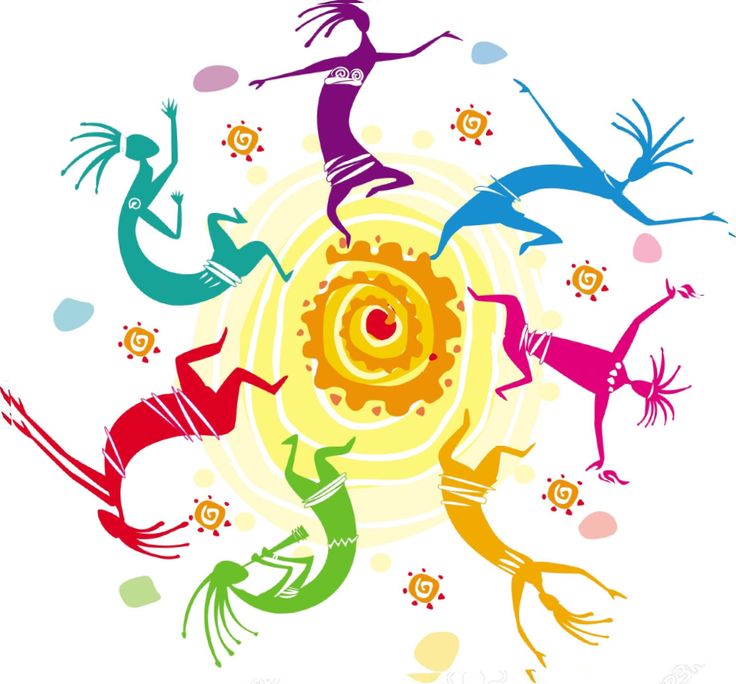
In Russia, due to the constant, often far-fetched, opinion that there are more women in pair dances, partners calmly get up and study their partner's part. Such partners then grow into very cool dancers and teachers. In no case do this at parties, only in class. Here we are talking only about the learning strategy. At parties, be yourself.
6. Do not memorize the links
Always try to look deeper and understand the through principle and idea of movement. Understanding what and how is done will make it possible to independently generate any sequences and chips.
Human memory is limited and there will always be a moment when something will escape and your repertoire will be limited by the size of RAM.
In Argentine tango, for example, there are seven levels of movement construction that, when mastered, will allow you to make millions of combinations. And how many dance sequences can you really remember? In rueda, more than 150 figures dance in a rare circle. It's hard to keep more in mind.
It's hard to keep more in mind.
7. Develop your body
Many years of experience in teaching couple dance shows that as soon as everyone pairs up in a class, any progress in individual style ends. But it is the individual style that distinguishes everyone at the disco: partners change, and style is always with you.
The body as the main instrument of dance must be very plastic, responsive and emotional. Surprisingly, not all pair dance schools have a general physical warm-up. It is vital to tune the body and understand how it works.
You can always train extra and concentrate more on the basic steps, as their true value is as body work. The sequence of steps is, in fact, the simplest thing that can be in pair dancing. The quality of individual performance determines the craftsmanship.
8. Try on the images of inspiring dancers
A psychological life hack for those who have already mastered the steps, but still feel that there is not enough brightness and drive. Most are terribly afraid of being someone else's "clone". Here the action is the same as under the influence of hypnosis - the more you resist, the more you plunge into an altered state of consciousness.
Most are terribly afraid of being someone else's "clone". Here the action is the same as under the influence of hypnosis - the more you resist, the more you plunge into an altered state of consciousness.
With a high degree of probability, you are already dancing like someone else's "clone". A meaningful fitting of someone else's image is that you mentally take the image of the one who inspires you (inspiration is critical in this case) and "put on" yourself. Then you start dancing and trying to feel in general how it is to be able, for example, to be the best partner or the sexiest partner in a disco. This is much more difficult than it seems. But it works extremely efficiently.
9. Dance to offbeat music
Habitual rhythms keep you tight. Tango salon or speedy timba leave little room for experimentation and fantasy. Pattern dancing is always noticeable and is reserved for beginners.
The truly new is born outside of the usual. Look for places to experiment. If there is no place, organize self-training. The main thing is not to get carried away, because music determines the style. We bring something new to pair dances, rather than trying to change them.
Look for places to experiment. If there is no place, organize self-training. The main thing is not to get carried away, because music determines the style. We bring something new to pair dances, rather than trying to change them.
Search, improvise, don't be afraid to go beyond, develop in different directions, be inspired by music atypical for the style
10. Try your hand at basic dance directions
dances exist according to their own non-choreographic laws.
This is the deepest delusion, which has turned into a ceiling for the qualitative development of partner dances. After all, all professional dancers, for example, in salsa or bachata, build their ideas on the basic choreographic principles.
Do not think that choreography is only applicable on stage. Any meaningful movement of the body can be choreographic. In general, try classical or modern choreography. Basically, hip-hop can work too.
11. Look for battle sensations
Pair dances return us to an active position of manifestation of our body. As in the days of our ancient ancestors, we impress the members of the opposite sex by how dexterous, hardy, sexy, etc. we are. Modern laws of the jungle in the entourage of big cities.
If you look around the dance floor, it becomes clear that the majority are clearly herbivores (not in the sense of vegetarians, but in relation to those around them). I am sure that predators are always more interesting in terms of the attractiveness of the image - try to find a counterbalance among herbivores, for example, a cat woman or a lion man.
The conversation is about an internal position, not about aggressiveness. Lability and lack of control are inherent in adolescents, and not in adult self-sufficient people.
Accordingly, even a training or friendly battle gives, on the one hand, practical skills - to make a bright sequence of movements, bring an idea to a climax, show a spectacular feature, on the other hand, develops the psychological basis of the dance - self-confidence, resistance to extraneous attention, self-control and self-control in complex elements.
12. Communicate with professionals
The environment shapes the internal position. Basically, real passionaries of the dance community are ready to openly talk, discuss and support the development of dance in every possible way. Universal principles and the ideas they articulate have a much longer and more practical perspective than meets the eye.
Accept that, for example, behind the words "listen to your partner" is not only a beautiful metaphor, but also a practical skill to literally listen to your partner. At the same time, always treat every thought, even the most respected teacher, as a private opinion.
Your skill will lie in finding the scope of the idea even in conflicting opinions. Most often, the contradiction is speculative and the truth lies in the angle of perception or situationality.
Your dancing growth will stop sooner or later. This can happen at the level of three basic steps or years of experience in teaching and show performances. Regardless of your level, the suggested 12 life hacks can get you off the ground and greatly accelerate your dance growth. There is no way here without your motivation and activity. Take your dance development into your own hands. 9Ol000 Dangerous sexuality
Regardless of your level, the suggested 12 life hacks can get you off the ground and greatly accelerate your dance growth. There is no way here without your motivation and activity. Take your dance development into your own hands. 9Ol000 Dangerous sexuality
Salsa: destroyers of stereotypes
Couple dancing as a source of strength.
Self-destruction of the couple dance community
The Salsa series as a mirror of the community
Mamita Fridays: salsa, bachata
Destroying the myths about leading pair dances
Does dancing make us better?
The seven deadly sins of teachers
Why we will never dance bachata like the Dominicans
Why tango?
Dispute over musicality
Selection of dances according to alcohol preferences
Where to find inspiration for dancing?
Terrible tango nuevo
Distribution of roles in a salsa party
Argentinean tango through the eyes of a salsa dancer
Is there a predisposition to dancing?
Which is more effective: individual or group lessons?
Sexual overtones in couple dances
teaching basic movements and dance features
Contents
Hip-hop, like any other dance direction, is best studied in a professional school.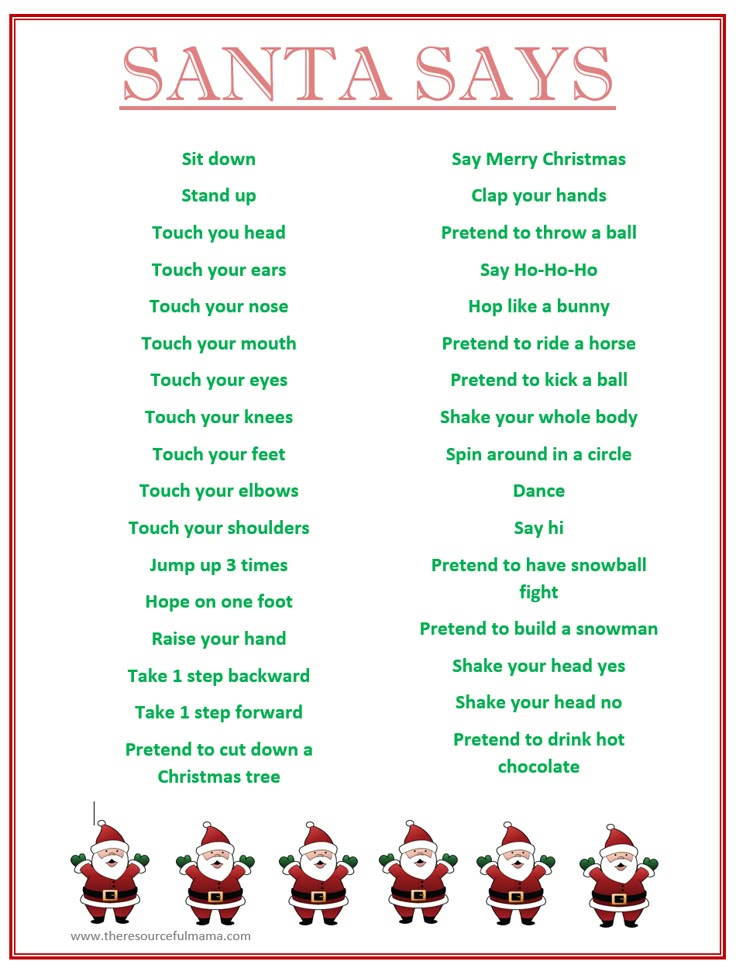 After all, only a qualified teacher will find an individual approach to a new student and teach the necessary movements. But if this is not possible, or if you want to come to class prepared, you can try to master the direction of hip-hop at home. How to dance the first movements, now we will tell.
After all, only a qualified teacher will find an individual approach to a new student and teach the necessary movements. But if this is not possible, or if you want to come to class prepared, you can try to master the direction of hip-hop at home. How to dance the first movements, now we will tell.
Like any dance, hip-hop training includes getting acquainted not only with the basic movements of the style, but also with a certain philosophy. And in this direction it is special. Hip-hop came to us in the second half of the last century from the most disadvantaged areas of New York and Los Angeles. Tired of injustice, aggression and blood, teenagers, who mostly did not have the cleanest reputation, invented their own special way to resolve conflicts - with the help of dance battles and rap parties. Hip-hop is a free dance, a challenge to society and a protest against any inequality. That is why the main thing in this style is not at all the clarity of the learned movements, but the sense of rhythm, improvisation and expression of the individuality of the performer.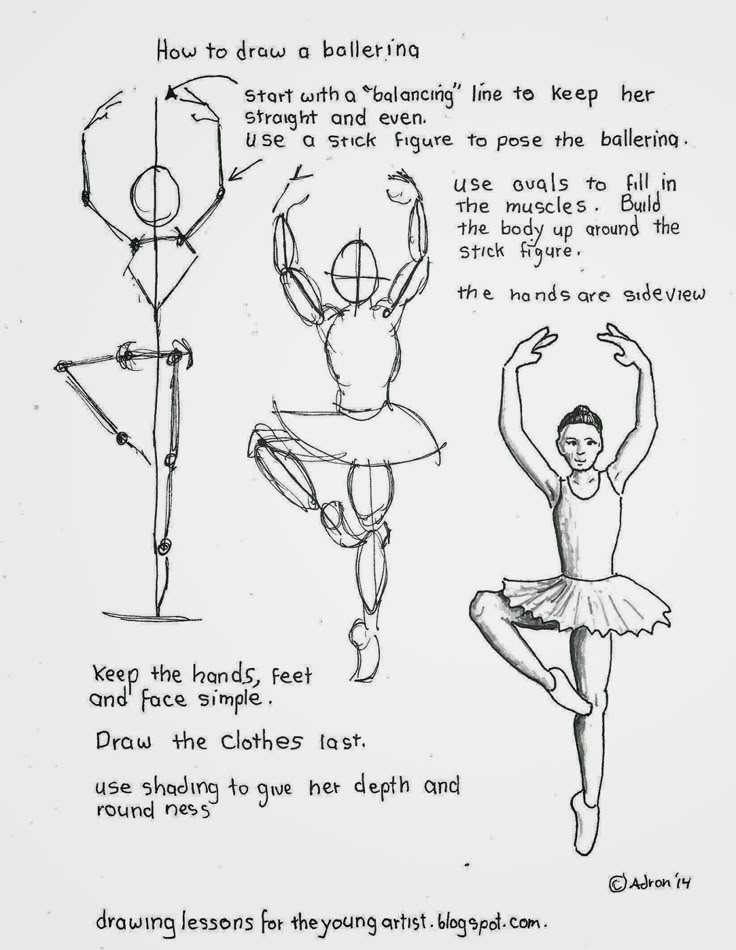
Getting Started: Preparation and Basic Movements
Before learning hip-hop for beginners, you should make sure that you feel comfortable practicing. According to experienced dancers, three things will help you relax and start learning:
- Appropriate environment: flat floor, spacious room, full-length mirror.
- Loose clothing and comfortable shoes. Nothing should hinder movement.
- Hip-hop rhythmic music.
A little ritual will help you tune yourself into the wave of hip-hop: stand with your legs apart, put your hands down and close your eyes. Listen carefully to the sound of the music and try to learn to hear the beat. Rock to the beat. And now you have already mastered the first movement. Congratulations! It's time to move on to more complex elements.
The basic movements of hip-hop are swing and step. You are already familiar with the first one. Now try to put your right foot to the side and stretch your right hand up.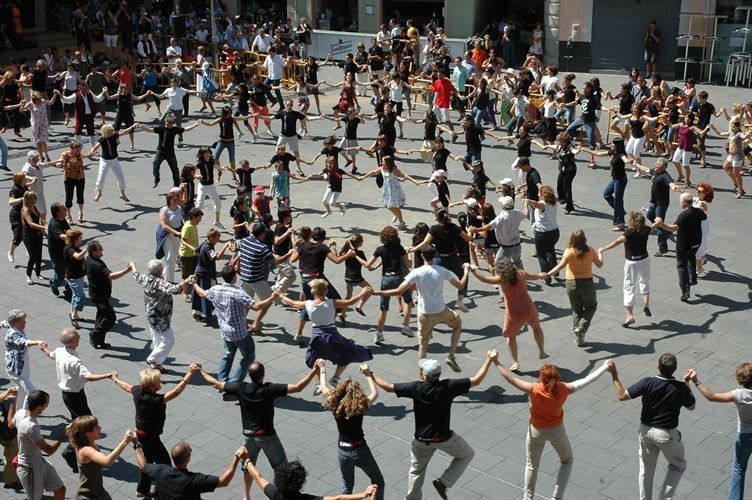 Bend your right leg, transferring your body weight to it, and lower your arm to shoulder level. Turn the body to the left, bend the left leg, and put the right leg on the toe. Now lower your right knee, arch your back and reach your hands to the floor. When you manage to complete this combination, consider yourself a good start in hip-hop.
Bend your right leg, transferring your body weight to it, and lower your arm to shoulder level. Turn the body to the left, bend the left leg, and put the right leg on the toe. Now lower your right knee, arch your back and reach your hands to the floor. When you manage to complete this combination, consider yourself a good start in hip-hop.
Sign up for a trial lesson
Here are some more basic hip-hop moves for beginners:
- Starting position - standing, feet shoulder-width apart, and arms along the body. We squeeze the brushes into a fist and alternately bring forward one hand, then the other. Then we connect the legs bent at the knee: left hand - right leg, right leg - left hand.
- Starting position - standing. We jump in place and cross our legs, and bend our arms as if we were rowing.
- Starting position - standing, feet slightly wider than shoulders. We put the right leg a little back, bend the legs at the knees, which at the same time look straight.
 With the right hand we cover the face, with the left, folded into a fist, we put it in the region of the heart. Then at the same time we tilt our head to the right and unclench the left hand, and after that we turn the right knee and right hand to the right.
With the right hand we cover the face, with the left, folded into a fist, we put it in the region of the heart. Then at the same time we tilt our head to the right and unclench the left hand, and after that we turn the right knee and right hand to the right. - Starting position - standing, feet firmly pressed to the floor, knees slightly bent. We put the spread fingers of the right hand on the chest, keep the elbow parallel to the floor. We bend in an arc, as if we received a blow right in the heart. Then we make two turns in different directions, straighten our back and return to the starting position. The hand at this time falls from the heart to the waist. At the end, we throw the pelvis forward again, round the back and tighten the buttocks.
You can achieve the first results quite quickly. But when you start to study closely how to dance hip hop, you will soon notice that there are no clear movements and rules in this direction. Having mastered a few basic elements, the dancers begin to improvise, create their own combinations and dance as creative fantasy suggests.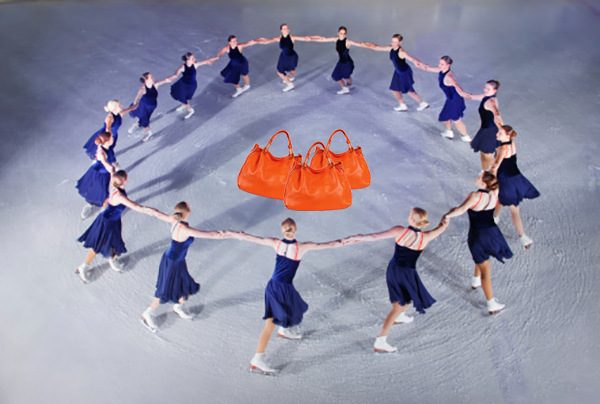
How to continue: choosing a style
If you have mastered the first movements of hip-hop from videos and photos on the Internet, it's time to choose the direction in which you will develop further. Hip-hop culture is a wide range of dance styles that differ from each other both in elements and in general mood. The main ones are:
- Breakdance is still popular basic style of hip-hop, on which the direction originated.
- Popping - rhythmic contraction of various muscle groups to the music so that it looks like jolts on the performer's body;
- Wave - smooth and plastic movements of the body, the most famous of which is the wave with hands;
- Afro-jazz - shaking mainly the lower and most prominent part of the body in women;
- Crump - energetic shaking of various limbs to the music so that it seems as if someone has moved into the dancer;
- New Style, also known as freestyle, is an improvisational dance that combines not only hip-hop movements, but also elements borrowed from more than a dozen other dance styles.
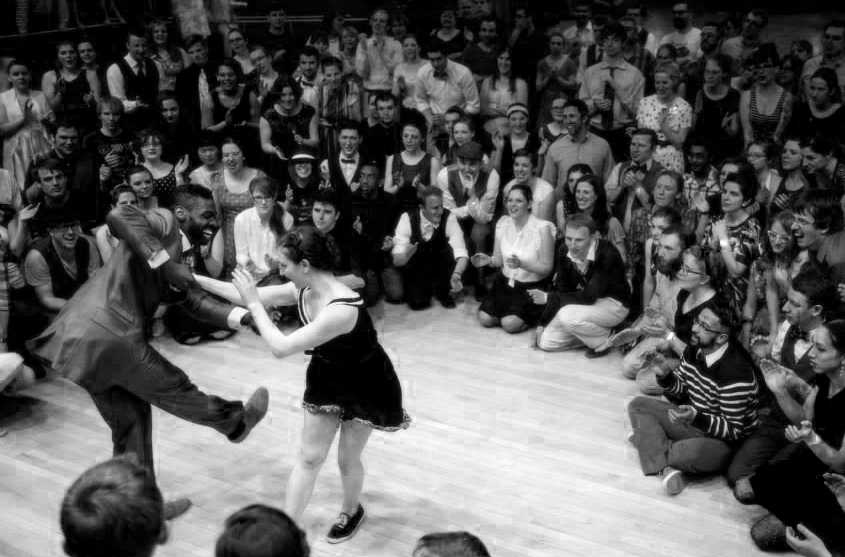
- La Style - Hip-hop, where the emphasis is on entertainment, so this style is used mainly in videos and when staging shows.
- Ragga jazz is a dance tuned to the music: the performer's legs work under the drums, and the hands become active during the recitative.
- Locking is an energetic dance with "locks" - freezing in different positions for a few seconds or periodically slowing down the movement.
- Power move is a spectacular style that includes complex acrobatic elements, handstands, various twists, and transitions.
- C-walk is a “language” dance with a criminal past that emphasizes intense and very dynamic footwork.
Women's and men's hip-hop
The next step in how to learn hip-hop without leaving home is to bring a little femininity or, conversely, brutality into your existing skills - depending on your gender accessories. The thing is that female and male hip-hop are somewhat different from each other, and, therefore, representatives of the beautiful and strong half are trained in this direction in different ways.
Hip-hop dancing for beginner girls is based on plasticity, flexibility and unobtrusive sexuality. Girls wear baggy sweatpants and hoodies on a par with men, perform sweeping movements, but their execution looks different: hips, legs and shoulders are more involved, the elements are a little smoother and sexier.
Male hip-hop, on the contrary, is more daring, energetic and sometimes even aggressive. The focus is on the work of the arms and body, acrobatic elements and movements that require strength and male endurance.
If you prefer to learn this difficult direction from videos, it is better to initially choose hip hop training, where the movements will be performed by a dancer of your gender. Together with the right technique, you will be able to capture the gender characteristics of the choreographic elements.
A few more secrets
Learning to dance hip-hop at home, without classes with a professional teacher, is not easy, but real.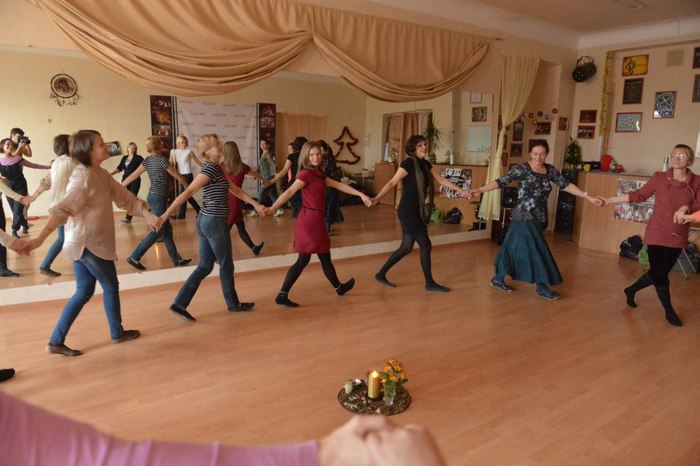 Especially if you add training with a few more components. Here, as in learning a foreign language, only complete immersion in the culture will help. So, here are some tips from “experienced” hiphopers who have mastered a lot not under the guidance of a qualified mentor, but at home by the mirror:
Especially if you add training with a few more components. Here, as in learning a foreign language, only complete immersion in the culture will help. So, here are some tips from “experienced” hiphopers who have mastered a lot not under the guidance of a qualified mentor, but at home by the mirror:
- Videos with basic exercises will help you master some movements, but for additional skills, it is better to turn to online courses. Hip-hop lessons for beginners are regularly held online, often live.
- Hiphop parties and hangouts will help you melt into this culture and make new acquaintances. Yes, of course, everyone will laugh at your first dances, but no one drags you to the center of the circle. While you're learning, watch the pros dance, adopt a style, and memorize some moves to practice at home.
- Clear training regimen. Only with regular practice can you achieve results. In addition, our body is set to a certain schedule, and if you exercise at a certain time, it will prepare for stress.
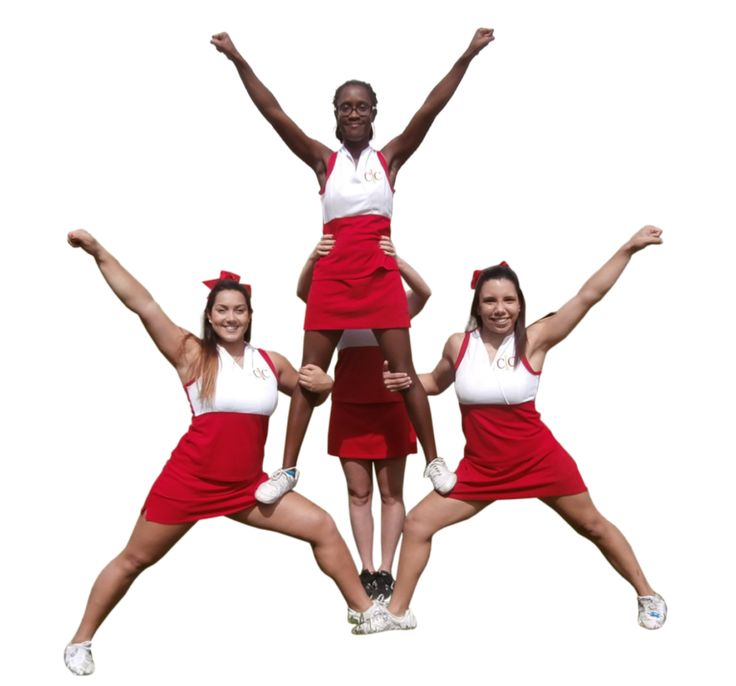 As experienced dancers note, the optimal duration of even home workouts is two hours. This is enough for warming up, and for the lesson itself, and for stretching after.
As experienced dancers note, the optimal duration of even home workouts is two hours. This is enough for warming up, and for the lesson itself, and for stretching after. - Additional physical activities. If you are in the mood not just for basic hip-hop movements, but for serious hip-hop elements with tricks, strengthening the muscles of the whole body is indispensable. You will need strong arms, strong core muscles, and no extra weight. This can be achieved by exercising in the gym or additional weight training at home.
- Compliance with safety regulations. Be sure to dance in comfortable non-slip shoes and loose clothing. Do not start training without a proper warm-up, and when practicing acrobatic elements, lay something soft on the floor.
Video tutorials will be enough to learn how to dance hip-hop. But to become a real dancer, you need to study the subculture from the inside. It is believed that a hiphoper has achieved true mastery when he is in perfect control of his body, does not “slow down” on the dance floor, knows how to improvise and select universal movements for any music.